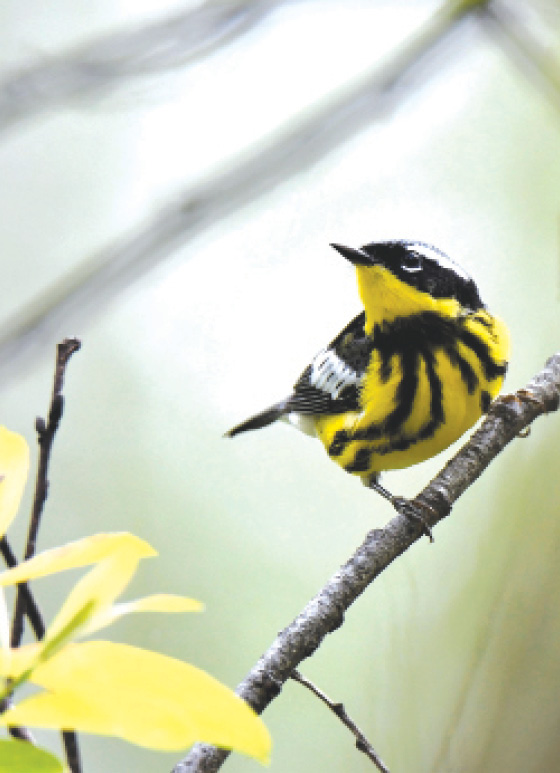When I was a kid my best friend a few houses down and I would take to the woods in the wee hours waiting for the sun to come up so we could find some birds. With our bellies full of Pop Tarts and our parents still getting their best REM sleep, we would creep out, janky binoculars in hand and check out the action in the willow trees as the sun came up . Sure, it was about birds in those days, but it was also about friendship. On those trails with only the birds as our audience we revealed secrets, made peace with silence, learned when to ask the follow-up question and when to let it lie. We figured out when a squeeze of the arm or a pat on the back was worth way more than a bunch of words. We were practicing important lessons regarding friendship amidst a backdrop of brambles and sumac. And that has not changed. Fast forward and I still meet my friends on the trail, and since we are grownups, supposedly, we have traded our Pop Tarts for something probiotic and fleeting.
Spring is upon us, so we hoof it around the Suffield Land Conservancy properties in search of warblers. If we are lucky, just as in years’ past, we might hear some singing from a scraggly shrub and the quest begins. We put our conversation on hold, crane our necks and with our binoculars, zoom in on the bird. We like to share our observations out loud so we can winnow down the list of potential warblers that we have been studying all winter. Now that they have arrived, we want to know what we are seeing, and we want to be sure. Posture, color of the legs and beaks, wing bars, markings and color patterns, tails that flick or remain rigid, the song, the topography, it all helps us be more confident in what we have seen. We rely on our trusty binoculars and field guides which we extract from our packs. And, if there is any question, one of our more tech savvy birders snaps a photo and uses a handy phone app that can help identify the species through photographs and the feedback is instantaneous. Otherwise posting on a bird group page on Facebook allows other birders to share their expertise. A highlight last year was the stunning magnolia warbler, and you can bet that we will be heading back to the same spot around the same time as birds can be predictable, and maybe he will spend a morning or two in our presence. We gladly put our meandering discourse on hold as the only thing on our minds now is THIS bird.

A male magnolia warbler sports a bold black necklace with long tassels as he forages for food.
The diminutive magnolia warbler with his bold yellow breast with black and grey accents is a handsome fellow. Apparently, the same variety of warbler was collected back in 1810 in Mississippi from a magnolia tree, and that is how this lovely bird got its name. And, I got to thinking that not too many birds share the name of a flower and if they do, you can bet they are pretty spectacular. I can only think of two, but there must be more; the rose breasted grosbeak is one with his deep pink splash of color on his chest, and there is the more exotic lilac breasted roller who can be found in sub- Saharan Africa and sports an Easter egg colored breast, with hints of purple thus invoking a name of a plant that really puts forth in the flowering department.
So the magnolia warbler is heading north after a winter on the coffee plantations in Central America. He may touch down to feed along the way, hopefully staying in these parts long enough for us to catch a glimpse. Then he is off north to larger stretches of coniferous forest where he can lure a mate, and they can raise a brood. And if his voyage on two tiny wings does not wow you enough, just think that his offspring leave the nest just nine days after hatching. After raising our own brood and thinking they would never leave the nest, then once they did gnashing my teeth about all the stuff I may have forgotten to tell them, I have a special appreciation for magnolia warblers and the efficiency of their offspring’s fledging. I guess when you have aphids to catch during the day and stars to locate for your cross country navigation at night, there isn’t much time to sweat the small stuff. And, being pint sized warblers, they know a lot about that.